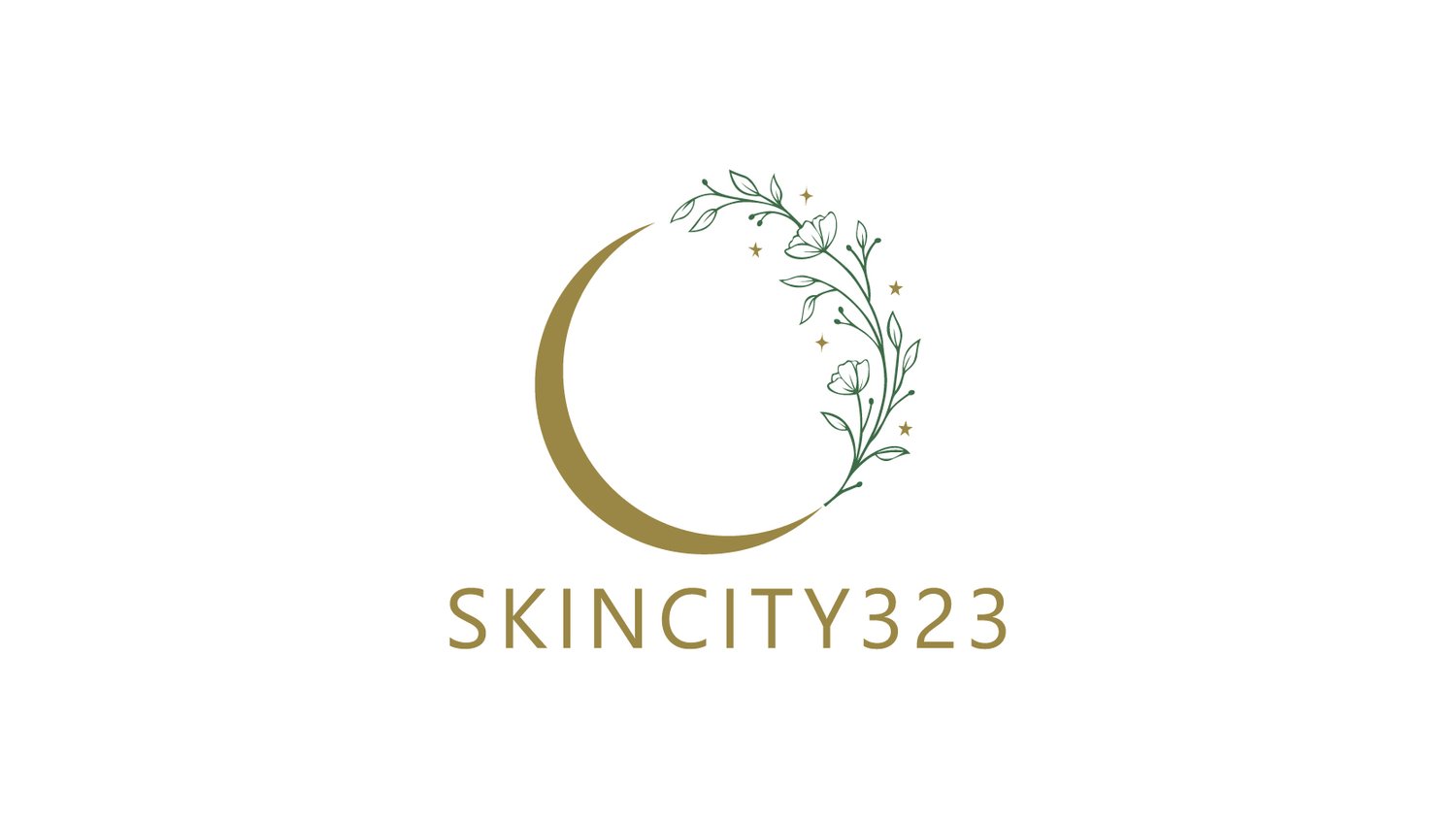At the first skin care trade show I went to after becoming an esthetician (mid90s – looong time ago!) I distinctly remember getting super excited about a new Vitamin C product. My skin looked brighter, felt smoother and was overall more radiant. So began my love affair with Vitamin C! It has remained one of my favorite ingredients to use on my skin and it’s a top recommendation for most of my clients – as it addresses so many skin issues. Hands down I get the most positive feedback from clients who start incorporating a Vitamin C product into their regimen.
With the main topic of this newsletter being about hyperpigmentation, I thought I’d talk a little bit about how to support those of you grappling with this issue through the use of antioxidants. We all know that antioxidants are good for the skin, but you may be wondering why and what is an antioxidant? There are these things called free radicals in your body which are unstable molecules that attack healthy skin cells causing oxidation, which in turn causes damage to your body’s organs (remember the skin is your largest organ). Antioxidants prevent or slow down this cell damage by neutralizing free radicals. They are fantastic healers, which can be found in vitamins, and minerals contained in healthy, whole foods and in topical skin care products. Vitamins C & E, ergothioneine and zinc are just a few of the many super antioxidants that help to heal and protect our skin. Vitamin C protects skin from oxidative stress caused by UV light, and when combined with Vitamin E their power is increased by four times making them a dynamic duo in preventing sun damage.
Vitamin C is also a tyrosinase inhibitor, decreasing melanin formation (dark spots and patches). Since sunscreen only blocks 55% of free radicals produced by UV exposure, Vitamin C is a MUST in your arsenal for sun protection. Unfortunately ingested Vitamin C is eliminated before getting to the skin, so for the skin to benefit from this ingredient it must be applied topically. Ergothioneine is an energizing antioxidant (found in mushrooms) with anti-inflammatory benefits, brightening the skin and interrupts the aging process aggravated by sugar and alcohol. Zinc is a key part of our skin’s defense system, affecting every skin condition: acne, hyperpigmentation and aging. This soothing and antimicrobial mineral applied topically not only provides you with excellent sun protection (our Lira Solar Shield contains 18%!!) it’s also healing.
You can find these powerful antioxidants in the following products at Skin City: Triple C&E, Lira Bio Hydra C, Antioxidant Defense Complex (contains 18 antioxidants!), Lira C4 Retinol, all sunscreens, Lira’s Solar Shield being our esthetician’s favorite. Ask your esthetician to recommend the best one(s) for your skin.
Nutritional sources of these vitamins and minerals: Vitamin C: leafy greens, citrus fruits, strawberries, papaya and broccoli Vitamin E: sunflower seeds, almonds, spinach, chard, asparagus and avocados Ergothioneine: mushrooms Zinc: oysters, crab, lobster, chicken, lean beef, beans and chickpeas.

